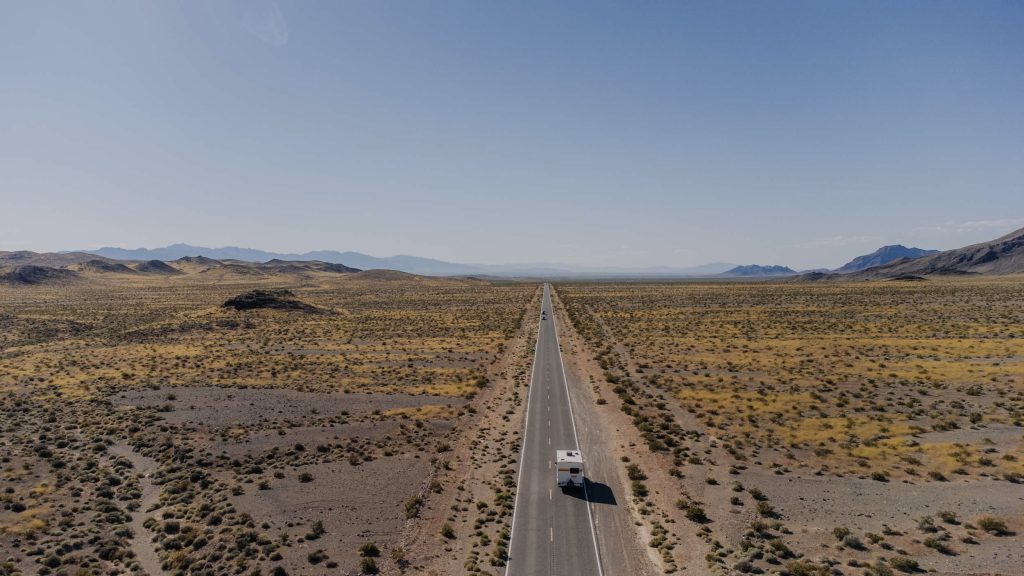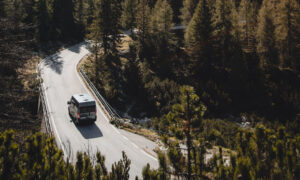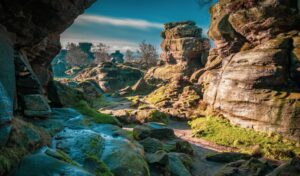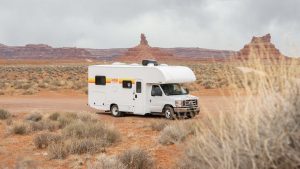AI Summary
California and road tripping go together like sunshine and surf. Turn the ignition, queue your summer playlist, and point your motorhome toward that Pacific breeze. The Golden State was practically built for house on wheels freedom, and this guide serves up everything you need to ride that wave with confidence.
1. Road Rules That Keep the Good Vibes Rolling
License check. A standard California Class C license covers any RV or motorhome up to forty feet long. If your rig stretches beyond that (up to forty five feet) you will need a Non commercial Class B upgrade.
Speed sweet spot. Whenever you are towing a car or trailer, state law caps your speed at fifty five miles per hour, no matter what the regular limit says. Keep it mellow and you will still get there on California time.
Seat belt squad. California wants every rider buckled, front, back, swivel lounge seat, while the wheels are moving. It keeps the CHP happy and your passengers safe.
Rest area recharge. Need a power nap? Rest areas let you park up to eight hours in any twenty four hour period. Pop the slides in, skip the grill, and you are golden.
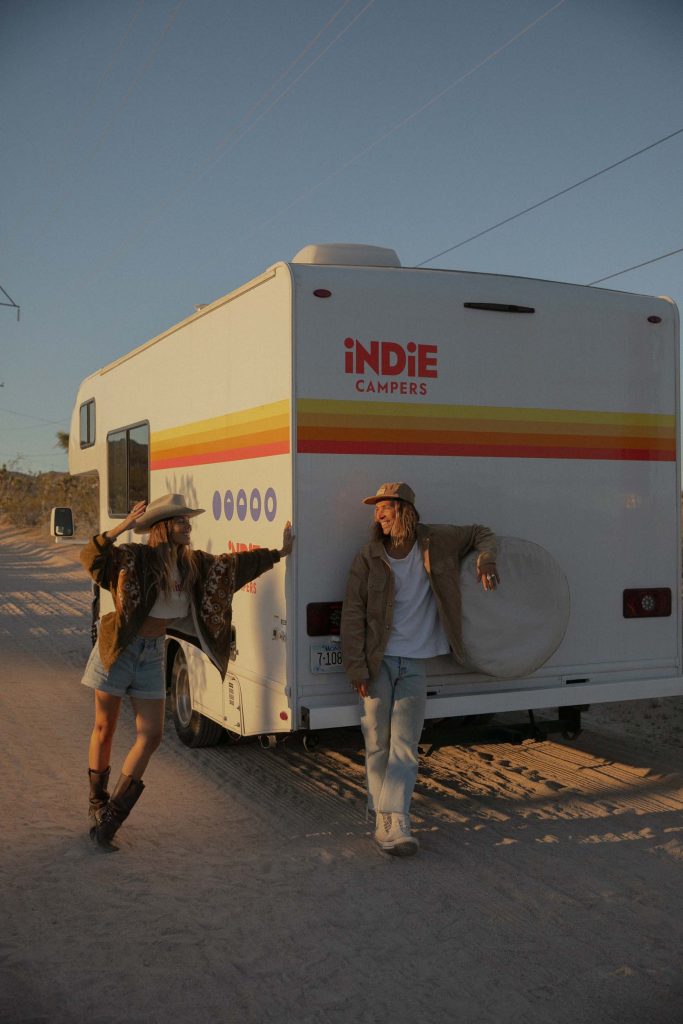
City street parking. Local rules can be tighter. San Francisco, for instance, limits curbside RV parking to two hours unless you hold a resident permit. Always scan the curb signs before you settle in.
Stay inside these friendly guardrails and the Highway Patrol will keep on waving.
2. Campsite Tips (The Best Views Are Off the Highway)
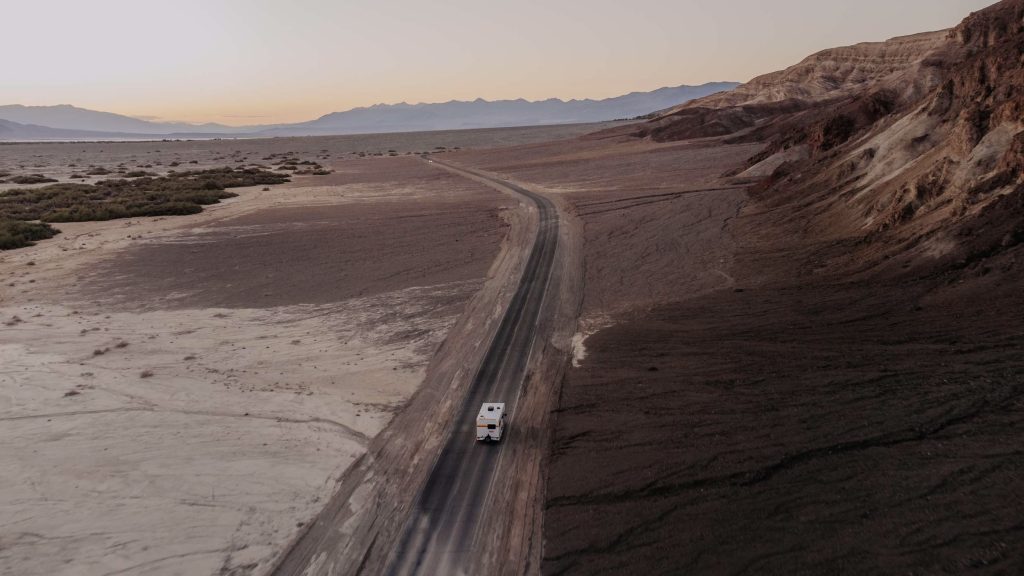
California’s public land buffet is enormous, from redwood groves hugging foggy coves to sun baked desert sprawl. Popular state park loops open for reservations exactly six months out, and beachfront sites vanish at eight a.m. sharp, so set an alarm if you crave ocean lullabies. Prefer spontaneity? Pullouts on Bureau of Land Management land near Joshua Tree or Bishop let you boondock free for up to fourteen days as long as you pack out every crumb and follow seasonal fire rules. Most campgrounds limit generator hours to daylight, so consider adding a solar panel if midnight smoothies matter to you. Between July and October, red flag warnings can trigger burn bans across the state; when a ranger says “no flames,” that includes propane fire pits too.
3. What to Expect from the Weather and Seasons
| Region | Best Months | Watch Out |
|---|---|---|
| Pacific Coast | April to October | Morning fog nicknamed June Gloom can soak gear and moods alike. |
| High Sierra | June to September | Afternoon thunderstorms roll in fast and temperatures dip below freezing at night. |
| Deserts | November to March | Summer highs above 110 °F make generators work overtime, winter nights can still flirt with freezing. |
4. Pick Your Perfect Road Trip Style

Coast Cruise (easy breezy)
Surf towns, tide pool strolls, chowder dinners, and starry beach nights. This is flip flops over hiking boots, with Highway 1 as the soundtrack.
High Sierra Thrill (adventurous)
Granite domes, alpine lakes, and waterfall hikes under shooting star skies. Perfect for hikers who stash microspikes next to the hot chocolate mix.
Desert Dream (quirky quiet)
Singing sand dunes, ghost towns, Joshua trees, and Milky Way panoramas. Roll the windows down and let the cactus silhouettes fly by.
Wine Country Wandering (laid back luxury)
Napa tastings, Sonoma farm stands, and hot air balloons drifting at sunrise. Bring a designated driver and a picnic blanket for vineyard sunsets.
Because Indie Campers rentals come with unlimited miles, you can stitch these themes together into one epic loop or build a shorter getaway that matches your mood.
5. Top Three California Road Trips on the Indie Campers Platform
| Itinerary | Distance (miles) | Route | Highlights |
|---|---|---|---|
| Pacific Coast Highway | ~845 | Los Angeles – Santa Monica – Santa Ynez Valley – Heart Castle – BIg Sur – Monterey – San Francisco | Big Sur cliffs, monarch butterflies at Pismo, boardwalk rides in Santa Cruz |
| Northern California Road Trip | ~1000 | Los Angeles – Malibu – Red Rock Canyon State Park – Yosemite National Park – Napa – Bodega Bay – Las Vegas | Half Dome views, alpine paddleboarding, the tallest trees on Earth |
| California Desert Escape | ~630 | Los Angeles – Antelope Valley – Mojave National Preserve – Pioneertown – Palm Desert – Borrego Springs – Los Angeles | Singing dunes, Zabriskie Point sunrise, spring poppy super bloom |
Each itinerary page on the Indie Campers site spells out campground options, must see stops, and local food tips. Bolt on extras like surfboards or rooftop solar panels at checkout and roll.
6. Ready to Roll?
From endless surf breaks to lunar desert mesas, California serves up RV memories that lodge forever in the nostalgic part of your brain. Indie Campers backs you with a modern, well equipped fleet, one way options, and generous unlimited mile packages, so you can travel how you want and wherever you want, always with confidence.
For more details on campervan options and to start planning your trip, check out Indie Campers. Keys waiting, sun shining. See you on Highway 1!

